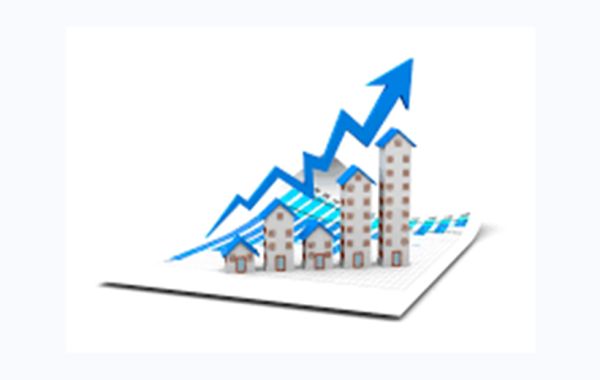Over the last year, inflation has continued its upward momentum and the Federal Reserve has responded by raising interest rates, a trend that isn’t likely to stop anytime soon. However, a steady climb in interest rates has adverse effects on commercial real estate values. We have seen this play out in the market: mirroring the rise in interest rates, CRE valuations have dropped dramatically over the past year after peaking in early 2022.
When interest rates rise, it becomes more expensive for businesses and investors to borrow money for purchasing or refinancing commercial properties. Investors may be less willing to take on the higher debt burden, resulting in fewer potential buyers and a surplus of available properties. This increased cost of borrowing directly affects the profitability and attractiveness of commercial real estate investments, resulting in a decline in property values. In other words, the true cost of commercial real estate increases along with borrowing costs because sales are inevitably affected until list prices drop sufficiently to achieve market equilibrium.
According to Zillow’s monthly rent index, nationwide rents were down by the end of 2022 compared to their August peak and as of May 2023, rent growth is still below average. As rental yield drops, multifamily properties see loss or stagnation in net operating income, which affects their property value. Moreover, many of these properties have been financed at floating interest rates. As property owners with lower net operating incomes seek to refinance these variable-rate properties in today’s inflationary macroeconomic environment with high interest rates, they are frozen out of the credit markets, which increases the availability of distressed assets and creates a buyers’ market.
When the lowered income potential and cost of financing such properties are taken into consideration, their value declines because investors are willing to pay less for the same income stream.
As detailed, there is a multitude of factors that collectively dampen demand for commercial properties, resulting in downward pressure on property values. Monitoring interest rate movements is crucial for stakeholders in the commercial real estate market, as it can significantly influence investment decisions and property valuations.








